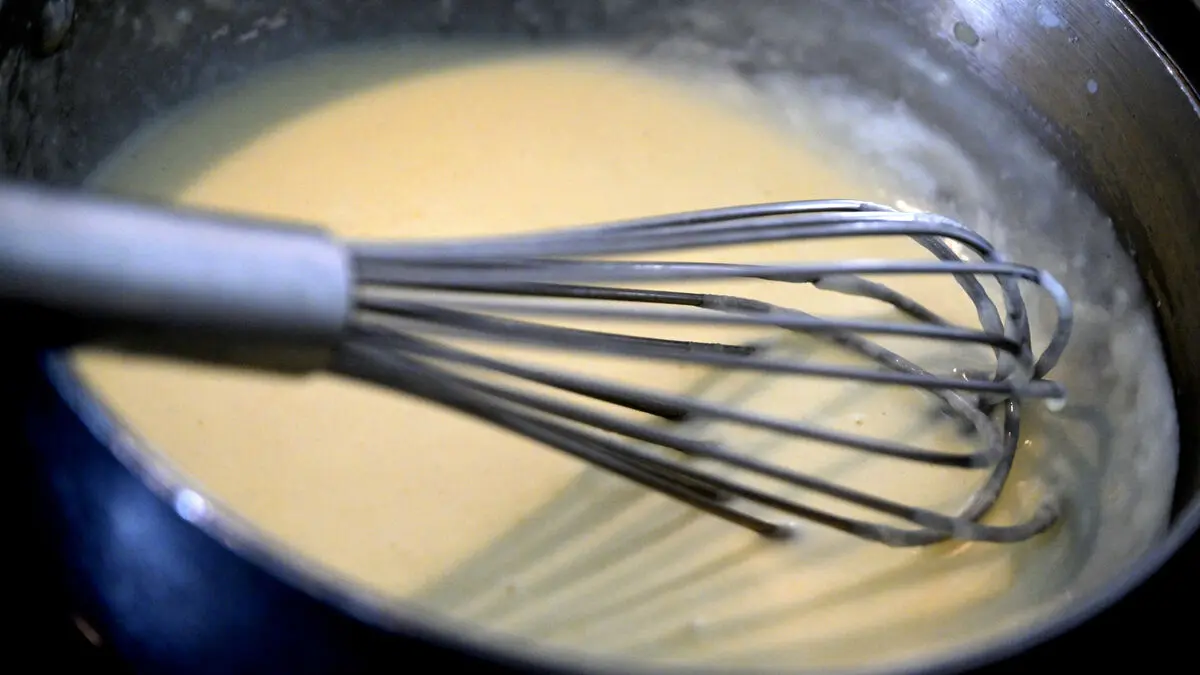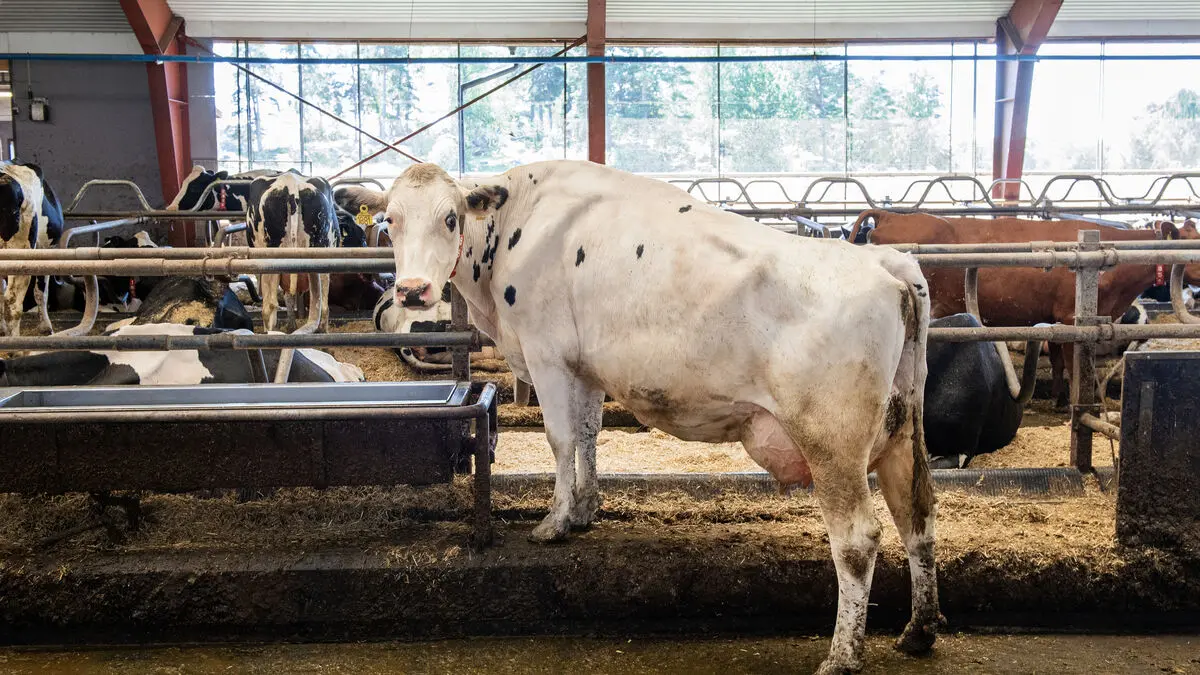Although it may seem complicated in the sustainability jungle, creating a chemical-safer home doesn't have to be particularly complicated – or expensive – according to the organization Swedish Consumers. Airing and vacuuming often is a good start, as harmful substances released from products can accumulate in the dust.
Having fewer gadgets at home is also worth striving for, simply because it means fewer sources of chemical exposure.
We want to make it easy and understandable to make chemical-smart choices without being a chemist, says Maria Hammarling, project manager at Sveriges Konsumenter, which has launched a free, digital course on how to create a more toxic-free home.
Avoid Teflon and crayfish
Do you find it difficult to know where to start? A good idea is to tackle the kitchen, according to Maria Hammarling. Things that come into contact with food should be approved for their intended use. The “glass and fork” symbol is a good one to look out for – it means that the product is generally safe to use in contact with food.
Avoid frying pans, saucepans and baking tins with non-stick coatings, such as Teflon, advises the Swedish Society for Nature Conservation on its website. Even baking paper can contain PFAS.
Cardboard packaging for takeaway food that is grease and water-repellent is also a culprit in this context.
Fish and shellfish from lakes near communities or industries can also contain PFAS. Swedish crayfish in particular have been shown to have very high levels, according to the Swedish Society for Nature Conservation.
The pantry and bathroom, where there are many products that contain a lot of chemicals, may also be worth prioritizing.
Small children are extra sensitive
Small children are particularly sensitive to harmful chemicals, as they often play on the floor and put things in their mouths. There are particularly strict chemical requirements for toys. Therefore, care should be taken to let children play with toys instead of other objects, according to Maria Hammarling.
Pregnant women and growing fetuses are also at risk. The effects can become apparent over time, according to Hammarling.
If you have children, the children's room is the first place you should go, she says.
Air and vacuum frequently. Harmful substances released from household items easily accumulate in dust.
Buy eco-labeled products from safe suppliers. Cutlery and other items that come into contact with food should be marked with the "glass and fork" symbol.
Minimize the number of gadgets in your home. This will reduce the number of sources of exposure.
Children are particularly sensitive, so let them play with toys that are approved from an environmental and health perspective.
Source: Swedish consumers.
Products from unscrupulous e-commerce players can be both harmful to health and the environment. Here's what you as a consumer can look out for:
The website should have clear contact details that are based within the EU.
Test the contact details to see if they work, advises Maria Hammarling.
Delivery terms must be clearly stated.
A low price can be a warning sign – it doesn't necessarily mean a good price.
Read previous reviews.
Source: Swedish consumers.





